Harbin, The City of Fire and Ice
Right after the end of the first semester in NYU Shanghai, I took a trip with some friends to Harbin, the capital city of Heilongjiang Province. To the casual observer it would seem that Harbin, a city known for its harsh weather in winter months, is not really the ideal place to visit in December. However, we were able to truly experience the beauty of this city.
During our four-day stay, I was deeply impressed by the hospitality of the Northeast people, as well as the unique culture there. For instance, there were several times when we lost our way, and local people were always there to offer warm-hearted help. What’s more, unlike the food in Shanghai, which is characterized by delicate looks and small portions, the portion of food offered in Harbin’s restaurants is quite large, but with really reasonable prices.
I had never experienced the true chill of northern China before this visit. However, after I arrived in Harbin, I found the cold was not as exaggerated as many people in the south (like me) usually think. It is actually a kind of dry cold that can be resisted by adding more clothes, which differs a lot from the southern winter that can pierce your bones and your soul without mercy no matter how many clothes you’ve added. And also, thanks to the well-equipped heating systems, wearing a single skirt inside was enough to keep warm. But if you think you’ll be able overlook the cold in Harbin, you’ll be in for a frosty surprise. Your skin will become stiff and numb after prolonged exposure to the outside. So thick gloves, heavy masks, snow boots, down jackets, hats, and scarfs are indispensable outside the room. If you don’t already have warm snow boots, you should definitely go to the mall in Harbin, because you may not get heavier snow boots elsewhere in China.
Though it’s super cold, I really recommend the famous Madieer Cold Drink Store, which is located a famous walking street called Central Avenue. Here, I discovered one of the quirks that makes Harbin special: all the icy foods and drinks are sold directly without an icebox because of the subzero temperatures.
Founded in 1906, this famous store still appeals to people a lot because of its cheap (5 RMB each) but heavenly delicious popsicles and ice-creams.
Eating popsicles outside in negative temperatures was an unforgettable experience.
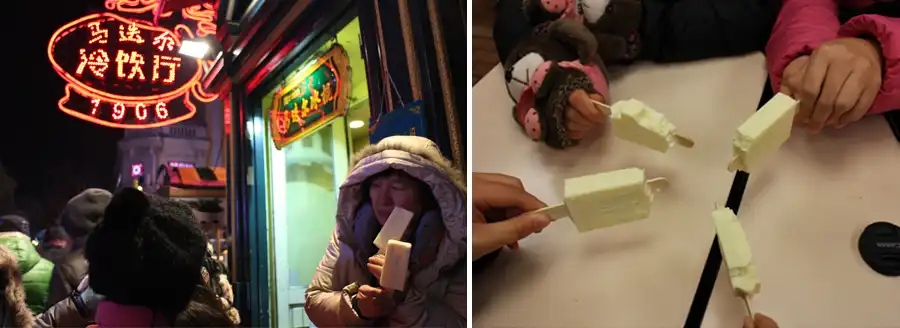
Here I would like to introduce Central Avenue to you. Founded as a Russian colony in 1898, this historical avenue still stands as a monument to the past even though it has suffered Japanese invaders’ cruel aggression and destruction. Moreover, having been deeply influenced by European culture, Harbin is known as “Moscow of the East,” as well as “Paris of the East.” You will understand why people call Harbin these names once you see Central Avenue, the iconic landmark and the most famous street in Harbin.
The night scape of Central Avenue, prosperous and bustling.

An avenue full of art and music. Even the cover of the sewer well on the street is elegant. Copper statues, ice engravings, and snow sculptures are everywhere. Traditional snacks can be found here, such as Harbin sausages, sticky bean buns (粘豆包), cold fried noodles (炒冷面), and the best candied fruits I’ve ever eaten (冰糖葫芦).
Various kinds of architecture reveal Harbin’s rich history, ranging from Renaissance to Baroque to Art Nouveau to classical style. Local Russian stores are also worth exploring.
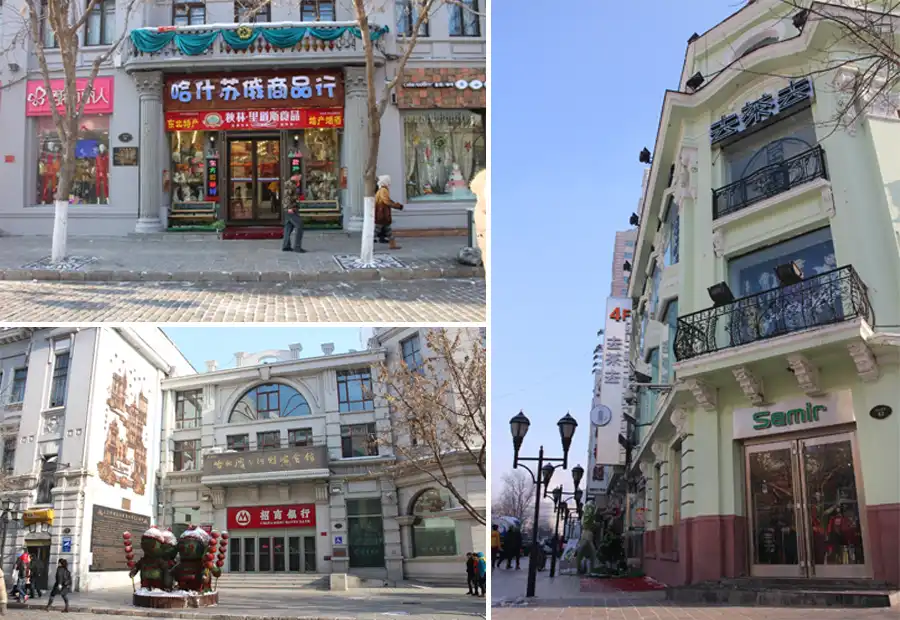
Matryoshka dolls on display in a Russian store.
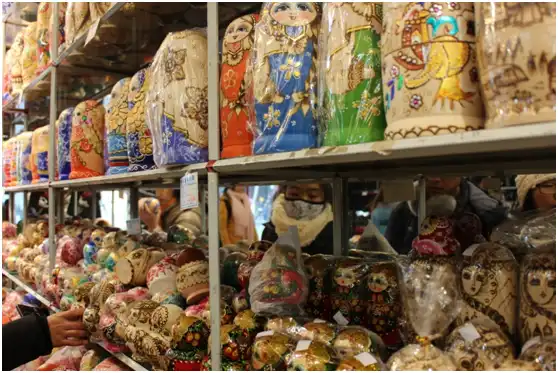
I also visited a famous Russian restaurant called The Tatoc on Central Avenue. We went there for lunch and ordered many authentic Russian dishes. The lovely and exquisite environment as well as beautiful and rhythmic Russian folk songs were so relaxing.
Russian delicacies made my stomach feel quite happy.
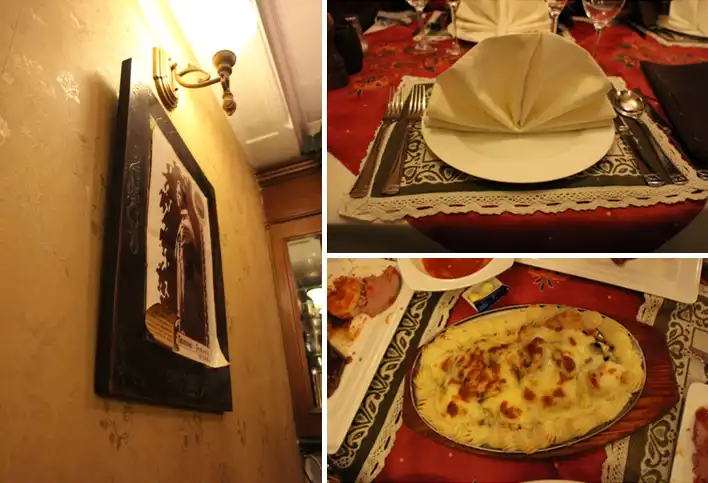
http://oncenturyavenue.org/wp-content/uploads/2014/03/3.jpg
The well-ordered stones on the ground are really eye-catching. All those granite stones were designed and built by a Russian engineer. Each stone cost a silver dollar at that time, equivalent to an ordinary family’s food budget for a month! So you can imagine how much labor and money were spent on it (the street spans nearly one kilometer!). Those smooth and solid stones haven’t lost their luster at all, even now. Although there are always a lot of people along the avenue, the stones’ patterns lend a sense of tranquility. Central Avenue is waiting for you to explore!
The Yabuli Ski Resort is three-hour drive away from Harbin. It is the largest resort in China and is famous for hosting the 2009 Winter World University Games. The picture on the left side shows the hotel where top-level athletes live in order to be near the mountains.
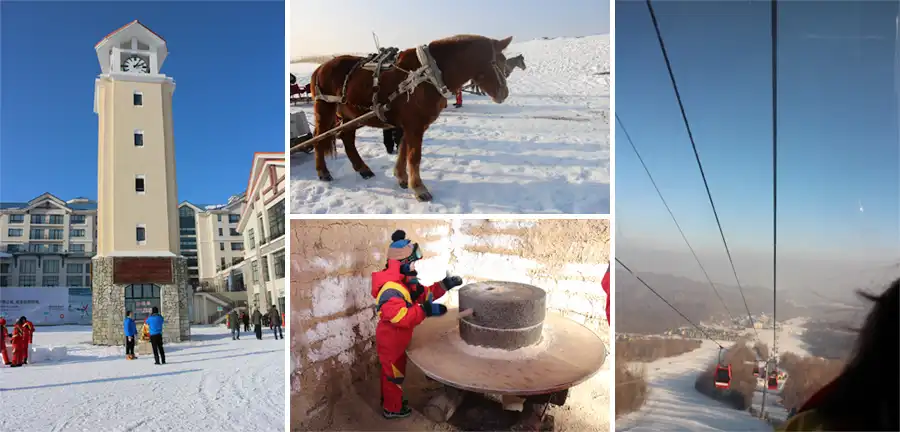
Besides Central Avenue, we spent a whole day at Yabuli Skiing Resort to see the snow-covered mountains. We rode in a horse-drawn carriage to enter the mountains, and though I knew the horses were strong, I was worried for them because it seems like they do so much work!
The white snow is so calming, helping you to forget all the trouble and unhappiness you may suffer.
https://lh3.googleusercontent.com/_oNsv2GkTCVAuuZEWshBf12g2dG-_ueTyuCHiczTR0ZuJwhIIQSMZjhiHDfP8jjz9LL_W7M296ASD3YWMOK8I4DxfxNqWEU98cSTgA-GV98265KRwkg4J0Qj2W_KPw
We took the cable car to the top of the ski resort. From there, you can see amazing figures of athletes skiing swiftly and beautifully down the snow trail, nearly vertical to the ground.
I tried skiing for the first time on the beginners’ course, which was a 30-degree slope. I knew nothing about skiing except for seeing it on TV. So, as you can imagine, tumbling was frequent and unavoidable. After nearly an hour with the instructor, I began to gain some basic skiing skills. If you try too, remember that even though you’re just a rookie, be bold and have fun.
The Hagia Sophia Cathedral, built in the Byzantine style, is also known as the museum of Harbin architectures.

One day afternoon, we visited the famous Hagia Sophia Cathedral. Although it was freezing cold outside, cute pigeons wandered around freely, as if the cathedral was their palace, and they happily accepted food from tourists. Those lovely, lively birds freshened the sublimely peaceful cathedral. But I was a little bit disappointed when entering the cathedrals. All the artifacts had been destroyed, and now there are only pictures and displays. One thing worth mentioning is that a lot of precious buildings, with varying architecture styles, were destroyed in the Culture Revolution, as they were were considered “culturally harmful.” So now this cathedral is one of the most historical and precious western buildings in Harbin, the city where we cannot forget China’s somber history.
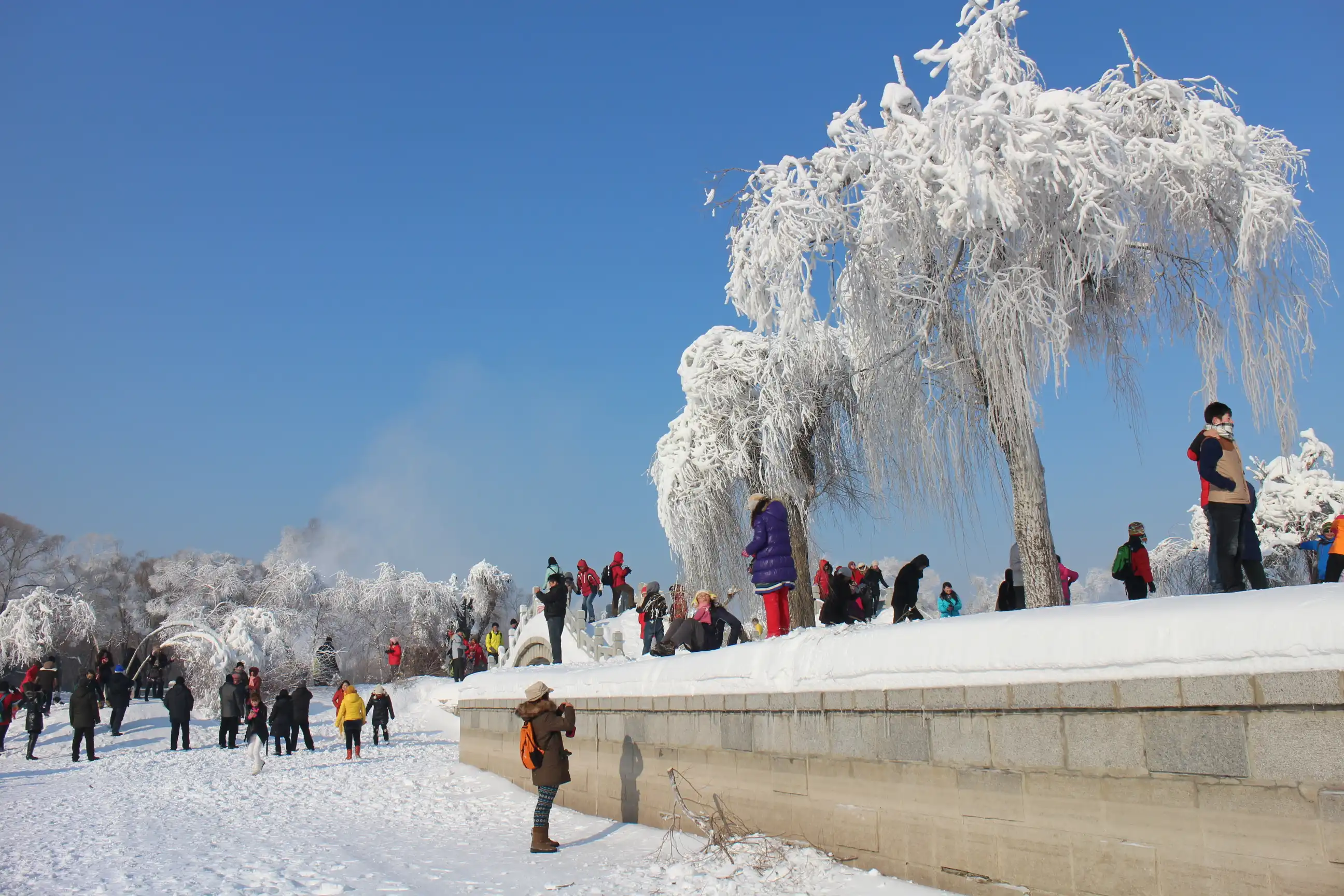
We spent a whole afternoon on the Sunsiland in Harbin, most famous for its exhibition of snow and ice sculptures. Unfortunately, we were not able to see the ice sculptures because we came several days earlier than the ice festival (which is really famous for its excellent ice engraving). The harsh wind and freezing air felt like it was stopping us from thinking and even breathing, so we didn’t spend a lot of time there. To make up for it, we went back to the city center in an interesting way: walking across the Songhua River. The surface of the river had already turned into ice, mixed with some snow that was stable enough to hold even people.
On the whole, our trip to Harbin was unforgettable and wonderful. It was the first time that I had experienced such close access to northern China. In Harbin, I learned that the true beauty of a city lies in its splendid and influential history. What’s more, I found that traveling can help us overcome our preconceived stereotypes about a people or a place and lead us to a more objective attitude. In sum, I recommend that everybody visit Harbin one day. It is both a frozen wonderland and a city full of fire-like vitality!
“Want to visit?”
Central Avenue (中央大街; Zhōngyāngdàjiē): Runs from Jingwei Jie to Stalin Park at the river. St. Sophia Cathedral (圣索非亚教堂; Shèngsuǒfēiyàjiàotáng): In Daoli District on the corner of Zhaolin Street and Toulong Street. Sun Island (太阳岛; Tàiyángdǎo): On the banks of the Songhua River and can be reached by ferry boat. Yabuli (亚布力; Yàbùlì): Within 2 hours of the city and can be reached by train or bus.
For more information, please visit http://wikitravel.org/en/Harbin.
This article was written by Kathy Wang. Send an email to oncenturyavenue@gmail.com to get in touch. Photo Credit: Kathy Wang